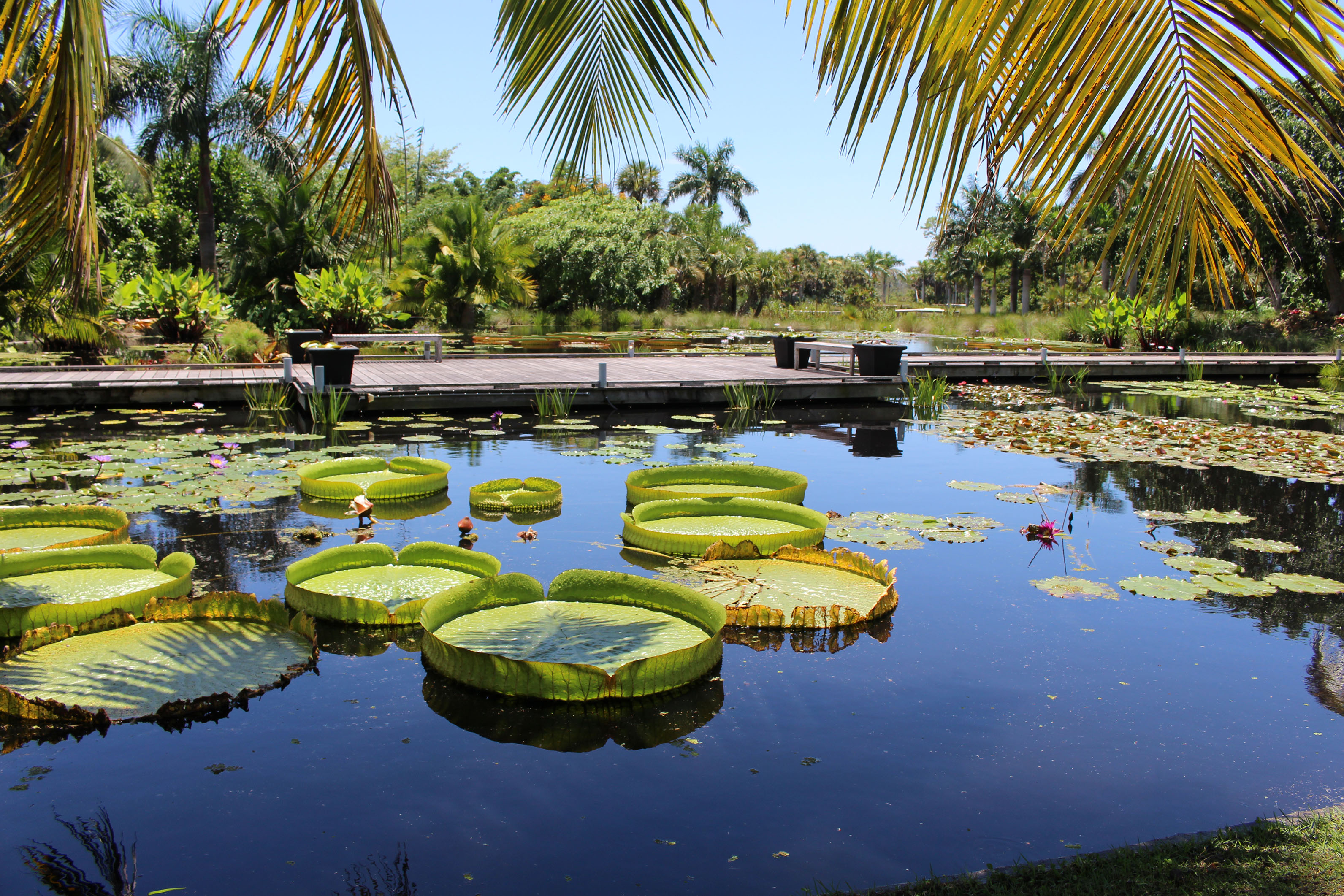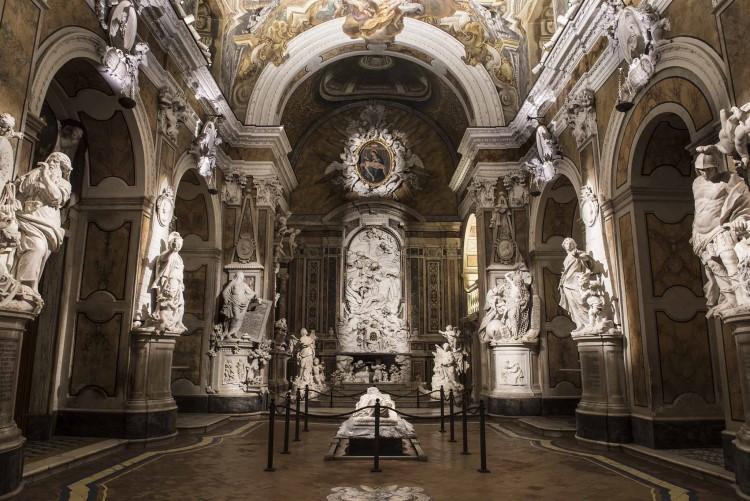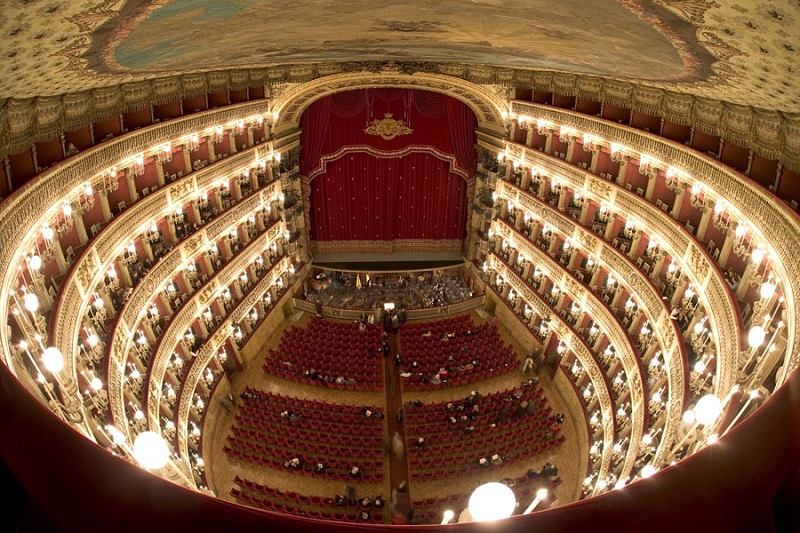Naples is a vast city located on the western coast of Italy facing the Tyrrhenian Sea. This colossal metropolis is the third largest city in Italy behind Rome and Milan with a population of 975,000 and a greater metropolitan population of over 3.1 million. Naples and the surrounding region has been inhabited since the Neolithic period and it has seen some form of continuous human activity through ancient Greek times to the Roman Empire and further. Let’s explore the best things to do in Naples.
Contents [hide]
Best Things To Do in Naples
1. Naples Botanical Garden

One of the best things to do in Naples is visiting Naples Botanical Garden. Located on Bayshore Drive just a few miles outside town, Naples Botanical Gardens is home to more than 1,000 species of plants, flowers, and trees. It is a convenient getaway destination for those looking for a little tranquility surrounded by natural splendor.
The botanical garden is part of a larger natural preserve comprised of over 100 acres. Though it’s possible to explore on your own, many guests opt for the guided tours that are offered daily from November until April.
The garden has different seasonal and daily hours, so be sure to check carefully online before making a special trip.
2. Naples Pier
Naples Pier stretches more than 1,000 feet out into the Gulf of Mexico and is the perfect place for a casual stroll. According to many visitors, it’s the absolute best spot to take in a majestic Florida sunset.
Located on 12th Avenue just off the boardwalk, it’s the site of the city’s Independence Day fireworks show, which is nothing short of stunning.
Naples Pier is a popular spot for surf fishermen; a variety of game fish are relatively easy to catch using live bait which can be purchased nearby.
The pier’s amenities include bathrooms and cleaning stations for those who’d like to filet their catch before heading home.
3. Delnor-Wiggins Pass State Park
Comprised of more than 150 acres that are just a 20-minute drive outside town, Delnor-Wiggins Pass State Park is known for its white sandy beaches, ample parking, and clear waters that are perfect for swimming and snorkeling.
For those traveling without their own beach gear, umbrellas and chair rentals are available. There are covered seating areas and a variety of food vendors nearby too.
Many guests split their days between chilling on the beach and taking advantage of the ranger-guided tours, which may include excursions to the turtle nursery during the hatching season.
Admission is charged on a per-vehicle basis and is very inexpensive.
4. Lungomare and Castel Ovo
Along the waterfront, at the historic gateway to the Mediterranean and the world, you can get a feel for this vibrant city. Naples harbor is divided into separate docks and basins by a series of piers and breakwaters, and is always bustling with activity. The Lungomare is a beach promenade that follows the shore for about 2.4 kilometers along Via Partenope and Via Francesco Caracciolo in the Chiaia neighborhood, with beautiful views across the bay to Vesuvius and plenty of cafés and ice-cream shops. Stroll here, enjoy the views and lively atmosphere, and sample Naples’ contribution to food history—margherita pizza.
5. Cappella Sansevero
The Cappella Sansevero was built in 1590 as the private chapel of the Sansevero family and later became its burial chapel. In the 18th century, it was elaborately embellished in Baroque style by the eccentric mystic Raimondo di Sangro, Prince of Sansevero. Of the sculptures that he commissioned, the most outstanding artistic features are in the ethereal Veiled Christ by Sammartino (1753) and two others that show the figures draped in what appears to be a translucent tissue of marble. Another, also carved from a single block of marble, shows a male figure partially wrapped in a net, free falling in places and so intricately carved that it seems impossible that it’s really made of stone.
6. National Archeological Museum
The Museo Archeologico Nazionale holds one of the world’s finest collections of antiquities, many of which were brought here from early excavations of Pompeii. In fact, more of the city’s artistic highlights are here than at the site itself. In addition, it has the art treasures of the kings of Naples, the Farnese collections from Rome and Parma, the collections from the palaces of Portici and Capodimonte, and material from Herculaneum and Cumae.
The ground floor is devoted mainly to marble sculptures, including the Farnese Hercules, a colossal 3.17-meter statue found in the Baths of Caracalla in Rome, and the Farnese Bull, the largest marble group that has come down from antiquity. On the mezzanine is the collection of ancient mosaics from Pompeii, including the famous 6.20-meterAlexander’s Battle.
7. Teatro di San Carlo
The opera season at the Teatro di San Carlo runs from January to May, with ballet taking over until June. Culture enthusiasts will jump at the chance of a behind-the-scenes look at this grand, prestigious opera house – a 30-minute guided tour is a fantastic way to explore the theatre’s 300-year history and majestic architecture, with centuries-old anecdotes woven in for good measure.
Read More: 10 Best Things To Do In Maldives You Must Try











